The beauties of Huanglong
Categories: Asia | Nature | Travel
By Pictolic https://pictolic.com/article/the-beauties-of-huanglong.htmlHuanglong is located in the northwestern part of Sichuan Province in China, 50 km north-northwest of the provincial capital Chengdu. This picturesque area is dotted with colorful pools of limestone formations, snow-capped mountains, various forest ecosystems, as well as waterfalls and hot springs. There are also rare animals, including pandas and Roxellan rhinopithecus.
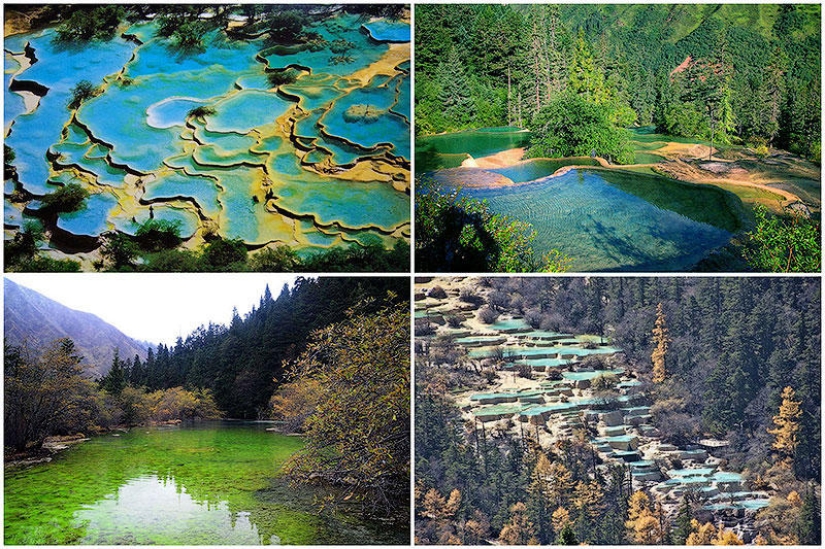
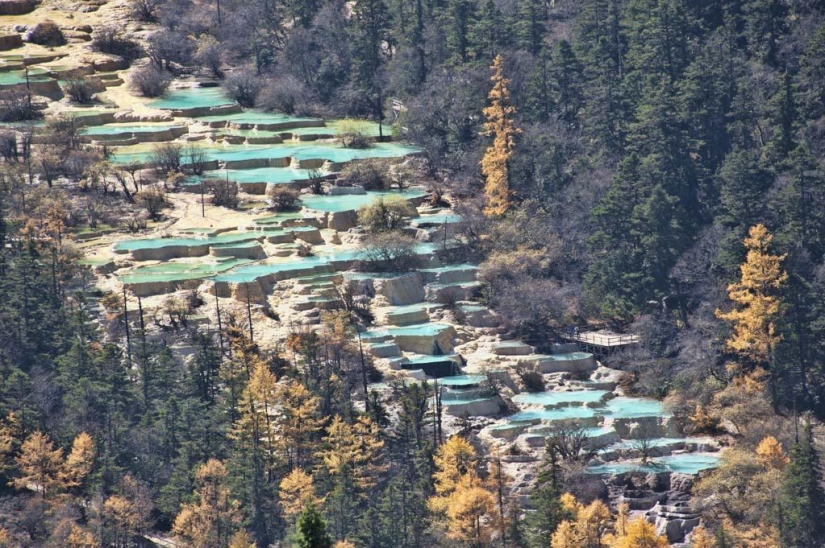
The main beauties of Huanglong are concentrated on a 3.6 km long segment of the valley of the same name, which includes snow-capped peaks and the easternmost glaciers in China.
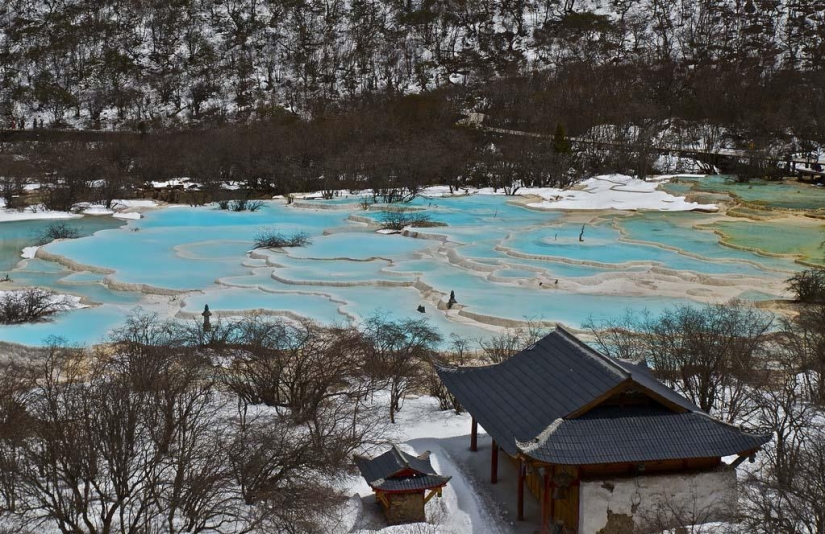
Because of its complex pattern of multi-layered calcium carbonate, the valley resembles a golden dragon writhing among the active forest and stone mountains.
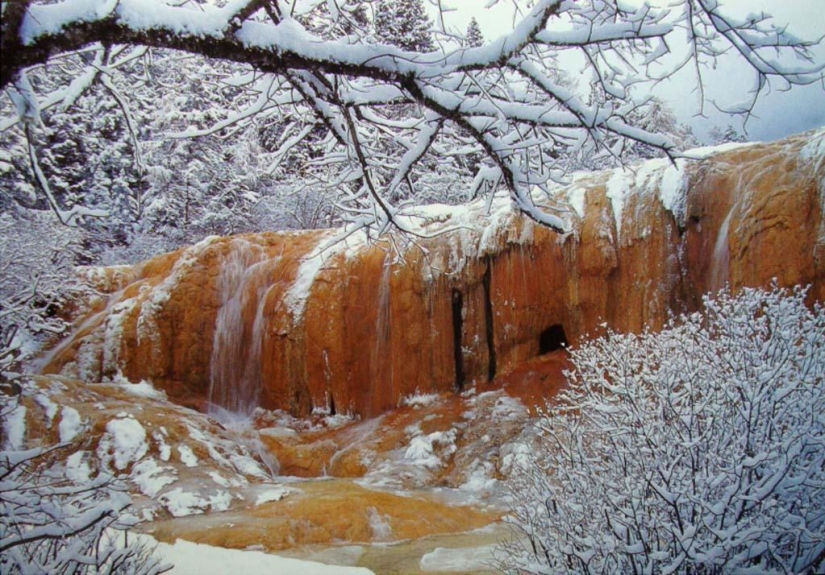
Scattered throughout the valley are numerous colorful ponds of various shapes and sizes with a golden hue that glitters in the sun.
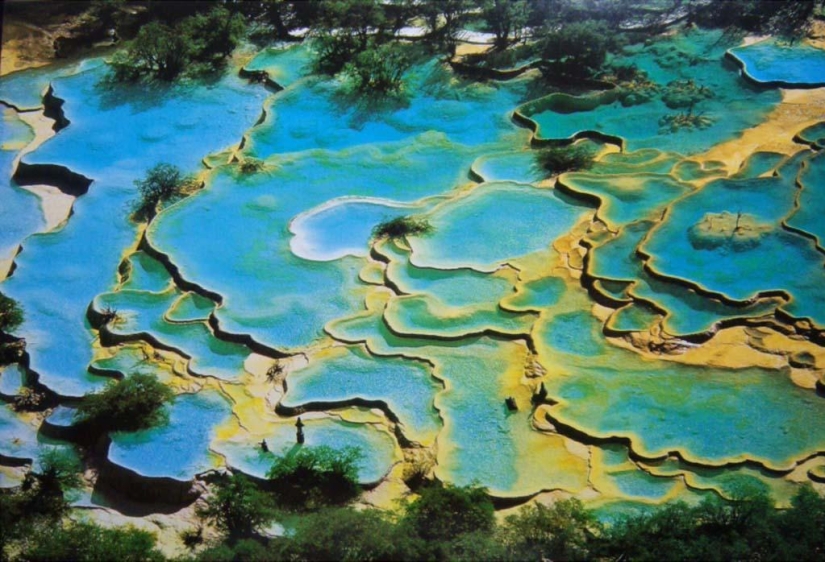
It is from this that the name of the Huanglong Valley, which translates as "Valley of the Yellow Dragon", originated.
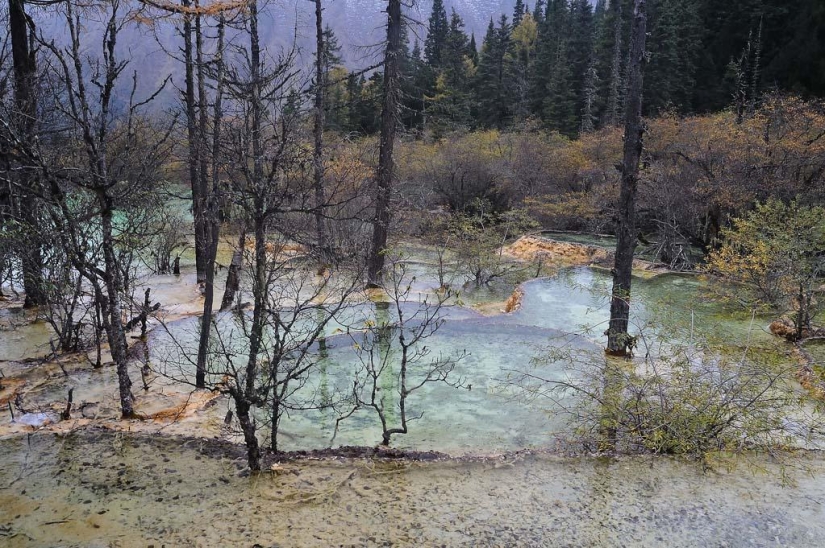
Millennia of geological evolution have shaped Huanglong and its many unique landscapes that we can observe today.
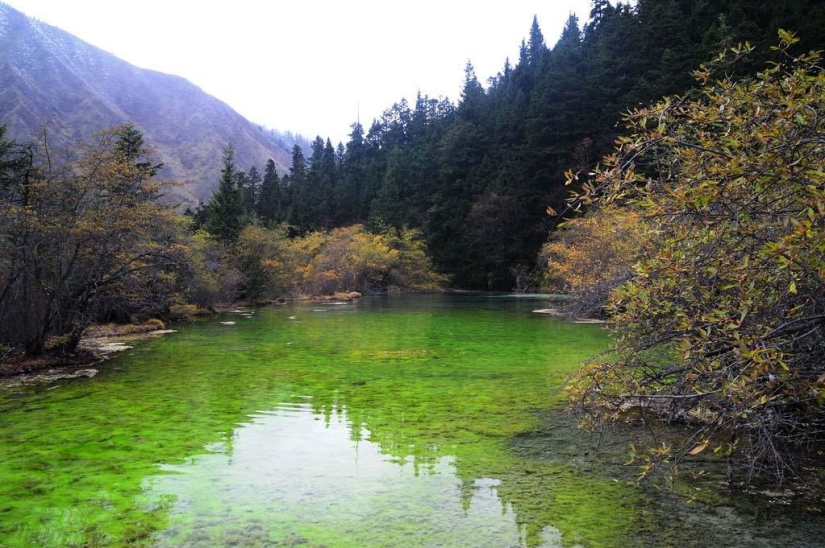
The glacial revolution, the structure of the earth, a layer of stone with carbon dioxide, foda and climatic conditions such as the Arctic-Alpine sun have created this so popular landscape. One of the greatest local features is the calcite deposit.
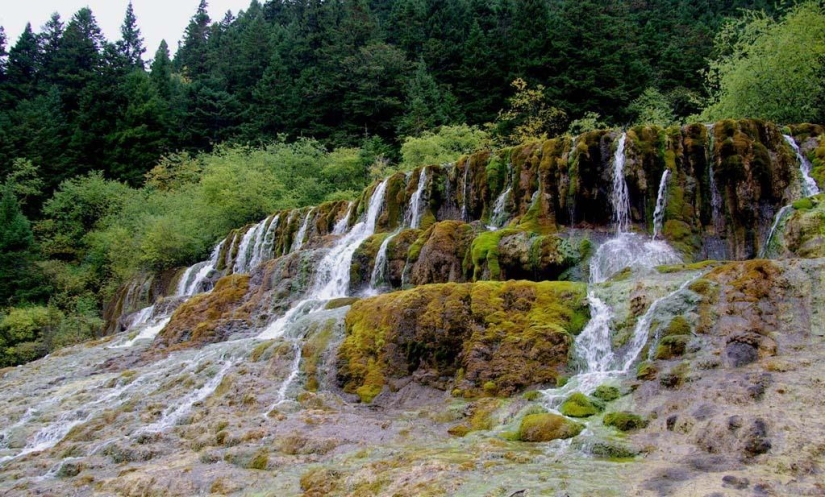
Algae and bacteria have grown in these ponds, which has led to such diverse color shades of orange, yellow, green and blue. There are also such karst formations as long limestone masses and so-called golden beaches.
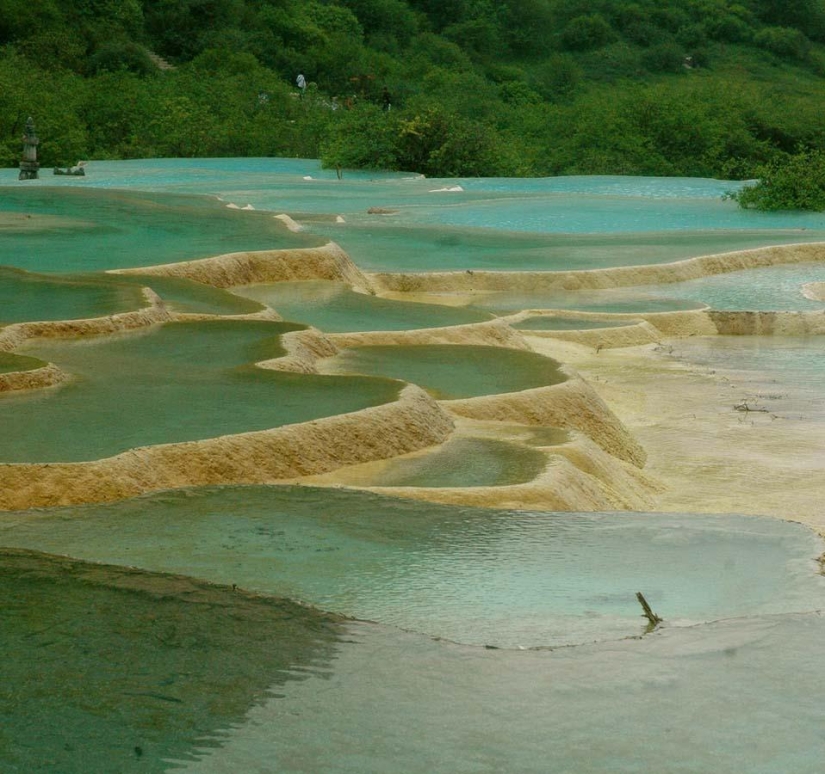
A layer of active limestone covers a thin layer of constantly flowing water. Huanglong has attracted people's attention since ancient times.
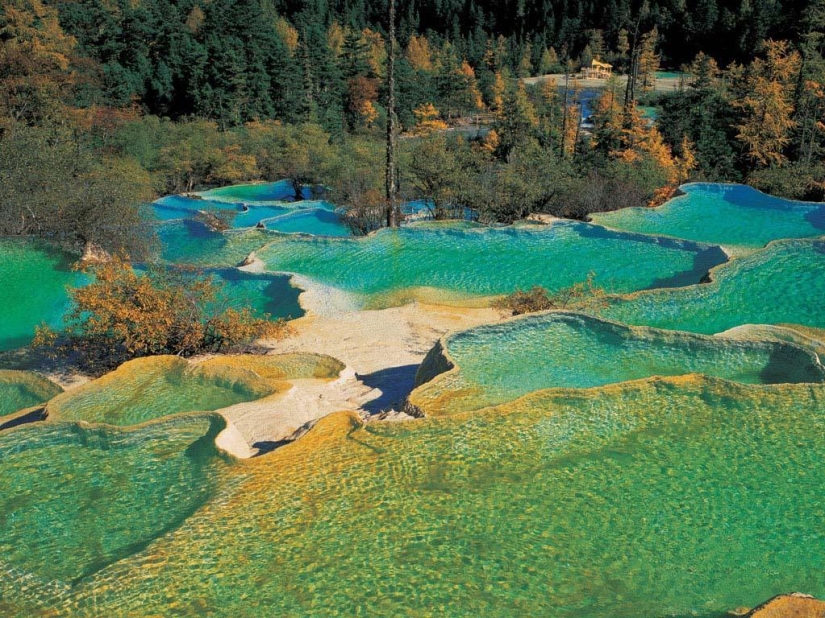
There are two small stone pagodas in the Yuya Ponds at the entrance to the valley. During the Ming Empire (1368-1644), three temples were built here (one after the other), which attracted a large number of believers. Most of the landscape in this valley is very important for Tibetan religion, culture and folklore.
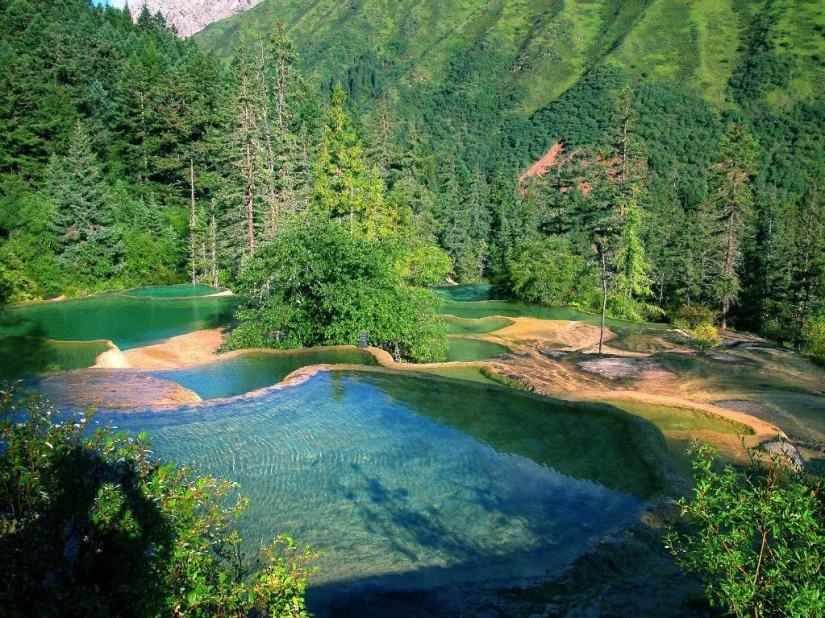
There are many legends associated with the valley. Because of the diverse forest ecosystem, the Huanglong Nature Reserve appeared here, declared a UNESCO Cultural Heritage Site in 1992.
Recent articles

Most of us think that the color of the eggshell does not play any role and it is possible not to pay attention. But it's not and ...

The more we rely on technology, the more potential power hackers gain over us. It doesn't matter if their goal is to help or cause ...
Related articles

If you like peace and privacy, it is unlikely that you will choose a metropolis, going on vacation. Especially when in the world ...

We are accustomed to the fact that on the packaging of tea, write "loose" and rarely think about what the word means. Meanwhile, ...

Human intervention in the affairs of nature is extremely rarely successful. Especially a lot of trouble was brought to the ...

Creating a good portrait is one of the most difficult tasks for any photographer. In order to make a really natural and memorable ...